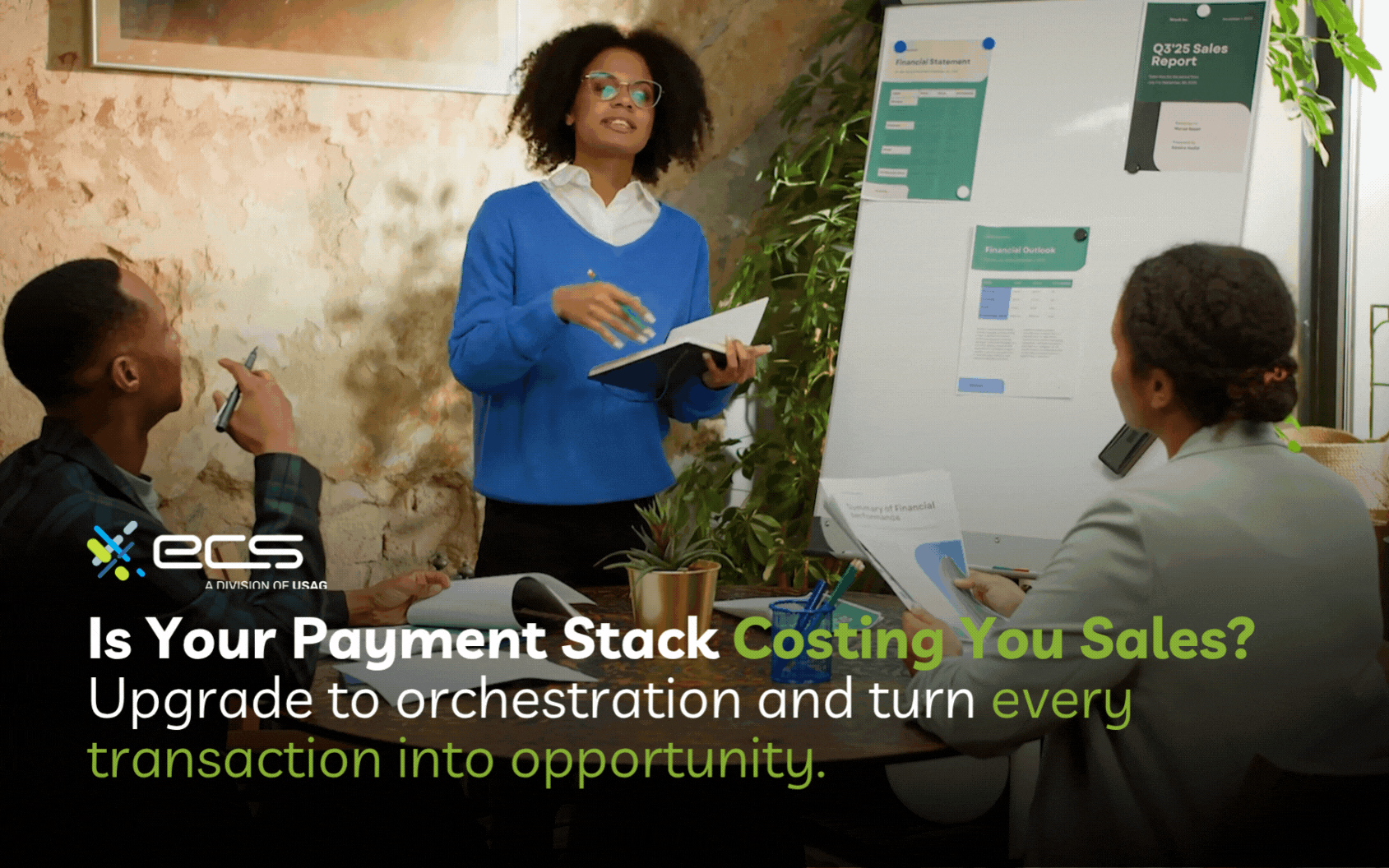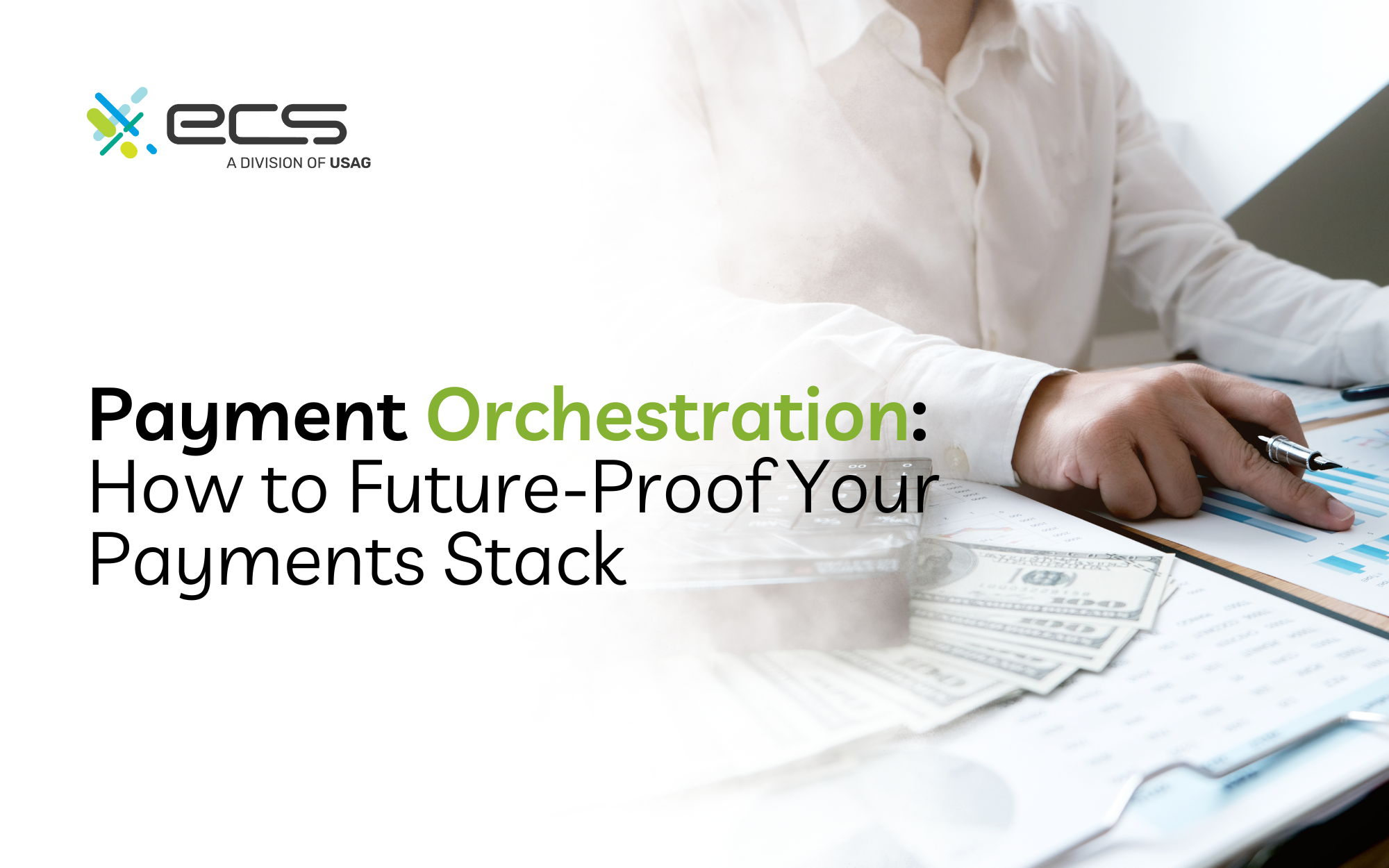What if your payment stack actually boosted revenue instead of losing it? When you hear payment orchestration, you might picture complex tech. But for a business owner, it’s simply a way to turn your payment stack into a competitive advantage. Think of it as the control panel that manages gateways, routes transactions, reduces failures, and, yes, future proofs your payment infrastructure for 2025 and beyond.

What Is a Payment Stack?
Before diving deeper into payment orchestration, it’s helpful to understand what we mean by a payment stack. Think of it as the entire technology ecosystem that powers your business’s payment acceptance and processing, from start to finish.
Your payment stack includes:
- Payment gateways: capture your customers’ payment details securely and send them to the right place.
- Payment processors: communicate with banks and card networks to approve or decline transactions.
- Fraud prevention tools: Systems that identify suspicious activity to protect you from chargebacks and losses.
- Payment routing software: The logic that decides which gateway or processor handles each transaction, ensuring the best success rates and lowest fees.
- Settlement and reconciliation: Tools that make sure the money reaches your account and your records stay accurate.
- Reporting and analytics: Insights into transaction performance, fees, declines, and customer behavior that help you make smarter decisions.
A well built payment stack ensures your payments flow smoothly, reduces failures, cuts costs, and ultimately creates a better experience for your customers. It’s the backbone of your payment operations and the foundation on which payment orchestration builds.

The Cost of Staying Static
Here’s the reality, roughly 70% of online shopping carts are abandoned, most often during the payment stage. These failures cost U.S. retailers about $18 billion a year. In fact, 63% of shoppers leave for good after a single failed payment attempt.

Why Payment Orchestration Works for Business Owners
Lower Decline Rates, Higher Conversions
A payment orchestration platform actively routes payments through the best performing payment gateways. If one processor is down, another picks up the slack, reducing failed transactions and boosting accepted payment rates.
Smarter Payment Stack Optimization
With a cohesive orchestration layer, you avoid siloed payment systems and redundant integrations. You can add a new gateway or fraud tool without rewriting your entire stack.
Faster Cash Flow With Real‑time Payment
Modern payment infrastructure gives you access to real time payment rails, handling instant transaction processing across financial institutions. That means quicker settlement and better liquidity.
Cross‑border Sales Made Easy
Want to expand internationally? Orchestration supports cross border payments with currency conversion, localized routing, and fraud controls, all without micromanaging every region.
Data Driven Payment Strategies
Powerful analytics uncover payment data decline reasons, customer behavior, and gateway performance so you can refine pricing, reduce transaction costs, and adapt your payment strategies rapidly.

Key Layers of a Modern Payment Stack
| Component | Role | Why It Matters |
| Multi gateway integration | Plug any processor or network via API | More control across payment flows |
| Routing engine | Routes each transaction to the best path | Reduces payment failures and costs |
| Fraud & compliance | Automated fraud checks and rule based controls | Less chargebacks, better relations with financial institutions |
| Analytics & reconciliation | Tracks performance, fees, decline reasons | Informs payment stack optimization |
| New rails & methods | Supports digital wallets, RTP, BNPL, real time payment | Keeps you competitive and agile |

Getting Started: A Practical Approach
Audit Your Current Payment Infrastructure
Map out each gateway, processor, fraud tool, and which transactions fail on which.
Set Goals
Do you care most about reducing declines, cutting transaction costs, enabling multi gateway integration, or entering new markets?
Look For Flexible Orchestration Platforms
Prioritize solutions with smart payment routing software, seamless APIs, and analytics tailored for merchants.
Pilot A Single Market Or Card Type
Monitor declines, approval rates, and payment failures before full rollout.
Scale Strategically
Once you see improved conversion and fewer declines, expand orchestration to other flows: cross border payments, debit cards, or even real time payment rails.

Final Word to Business Owners
Your competitors aren’t overlooking checkout. They’re hard wiring resilience into their payments. A payment orchestration platform isn’t a buzzword, it’s a strategic asset. It lets you:
- Avoid unnecessary decline penalties and lost sales
- Add or switch gateways without downtime
- Gain insight into payment data to sharpen payment strategies
- Adopt advanced payment solutions, from multi gateway integration to RTP and beyond
As you review your payment infrastructure, ask: “Is this setup making every payment count?” If the answer is no, orchestration could be the upgrade you truly need.
Questions about your stack or how to begin? We’re here to help. Let’s optimize your payments together.
